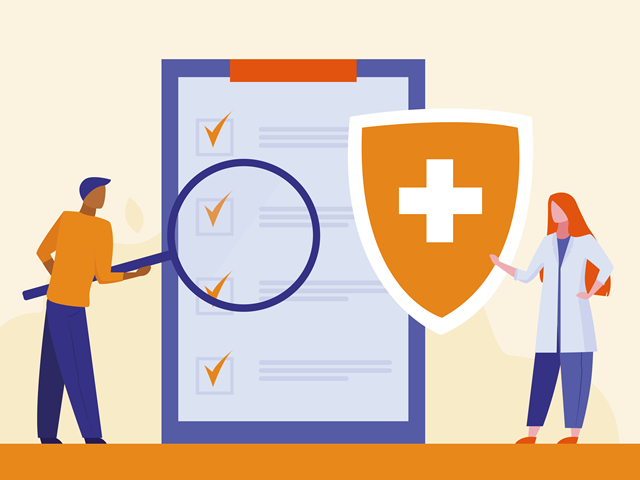When a patient calls your office to make an appointment, front desk staff should collect current, complete information or give patients the option to mail or email it instead. Ensuring accurate insurance and contact information will allow staff to verify coverage and follow up with the patient throughout the treatment and patient collections processes.

Before or at the time of service, verify coverage with payers and clarify payer rules. Taking these steps will help to pinpoint any patient collections changes that may have occurred, what portion of charges for the expected treatment will be covered, and patient responsibility for payment.
The best way to collect patient balances is to require patients to cover copays and patient responsibility at check-in.
To ensure patients are aware of this requirement, create a medical office payment policy. Then, include a patient responsibility agreement in your check-in paperwork for patients to sign. The purpose of this policy is to provide patients — and your staff — clear guidelines for collections.
Send monthly statements to patients and increase the likelihood of collecting balances at check-in by offering a variety of payment methods, including cash, credit/debit card, or check.
For larger balances, establish payment plans and train staff on how to explain these options and track them properly. Offering a more flexible payment option will help your practice increase collections and give patients peace of mind knowing they can pay for the treatments they need.
Perseverance is key to maximizing collections. Develop a proactive plan for contacting patients who don’t make timely payments and create a script for staff to follow. Your staff should be prepared to request payment in full, discuss payment options, and offer a payment plan if needed.